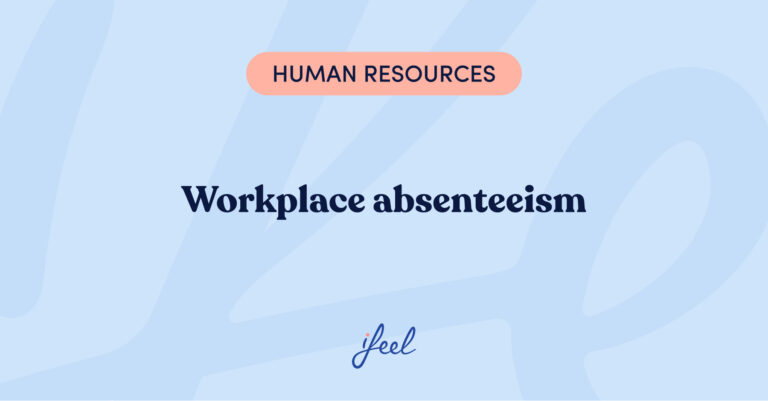As explained in an article written by Stacey Lowman, who is the head of Employee Well-Being at Claro Well-being, well-being washing refers to when a business publicly advocates for the well-being of its employees without actually doing anything that concretely benefits its workforce.
Well-being washing is related to employee well-being, certainly, but, as you may already suspect, it’s not all sunshine and rainbows. In reality, this phenomenon alludes to a perverse practice that exists in the corporate world that has to do with a particular way of resolving the gap between appearances and reality established within organizations concerning a significant issue: how the well-being of employees is taken care of in addition to how much. Read on to learn more about this topic.
The “washing” prior to well-being washing
Before the term “well-being washing” even entered the workplace public consciousness, phenomena on a similar note had already been occurring, i.e., keeping up appearances regarding the employee’s well-being but without taking any concrete measures to take proper care of it.
These procedures to protect the corporate image are carried out by all kinds of organizations (companies, associations, political parties) in order to satisfy concerns about reputation and adapt to the changing times and the emerging trends that come with it. Among them, the most famous examples are those known as greenwashing and pinkwashing. Now, what do they consist of?

Wash it green, wash it pink
The greenwashing strategy refers to how a business attempts to appear to have a corporate culture based on ecology and respect for the environment. In reality, however, their activities are – and continue to be – highly polluting and detrimental to the environment.
On the other hand, the pinkwashing strategy refers to a corporate image strategy that some companies build regarding their openness toward diversity and the inclusion of people belonging to the LGBTQ+ collective. Surprise! As you may already know, this is only a front since, in practice, their values and actions continue to be primarily non-inclusive or respectful of these people.
The truth is expensive: hide it
In the case of well-being washing (saying that the well-being of employees is taken care of but not actually practicing it on a day-to-day basis in the company), what happens in a more or less explicit and deliberate way is that companies reflect on the following: the cost of showing ourselves just as we are in terms of the impact of our work on our employees’ well-being is too high in terms of reputation, investment, and talent attraction-retention. Therefore, we have to decide to face this critical situation as a company.
In these cases, the decision ends up being quite astute: if keeping the truth hidden is too expensive, what needs to be done is not to change it or defend it as it is but to hide it.
Therefore, instead of generating a more positive and presentable company culture, another strategy is chosen: increasing company investment in appearances while maintaining how the company operates.
In short, the organization decides to confront uncomfortable realities through what is known as well-being washing.
The disadvantages of well-being washing
When a business concludes that it is in its best interest to change only the image that stakeholders have of the company without making any internal changes to how it works, it does not do so lightly.
On the contrary, this decision is motivated by what company executives consider a beneficial brand strategy.
However, implementing well-being washing to give the impression that the company cares about nurturing its employees’ physical and psychological well-being has negative consequences for both the company and the employees. Although these are not always evident immediately in the short term, they insidiously eat away at the business structure until there is no other choice but to face them head-on. Of course, this ends up generating a more significant human and economic cost than the cost that would have gone into preventing them.
These negative consequences of well-being washing can vary from one organization to another, but they can more or less be grouped into the following:
1. Damage to Internal Reputation
Pretending to have a specific positive corporate culture – in this case, one that focuses on the well-being of its employees – when employees (as well as external clients) know first-hand that this is not the case is not very sustainable for long. On the contrary, well-being washing damages the company’s internal reputation, which can negatively impact inbound recruiting in addition to talent retention.

2. Keeping Problems Hidden
Something so self-evident happens when it comes to well-being washing that it is sometimes overlooked. The phenomenon implies that a company is not taking care of the well-being of its employees despite the public image of good mental health support and well-being it tries to convey. By pretending its problems do not exist, it unintentionally ends up achieving a persistence of the issues.
In other words, well-being washing leaves unresolved the causes and consequences of the company’s failure to alleviate and prevent psychosocial risk factors and foster harmful corporate cultures. From this point of view, well-being washing is only a strategy aimed at finding solutions to the reputation problems that a company faces, not the problems regarding the well-being of the employees.
We hope you found this article on the well-being washing phenomenon interesting. If you would like more information about ifeel’s emotional well-being program for companies, don’t hesitate to get in touch, and we will contact your team as soon as possible.










